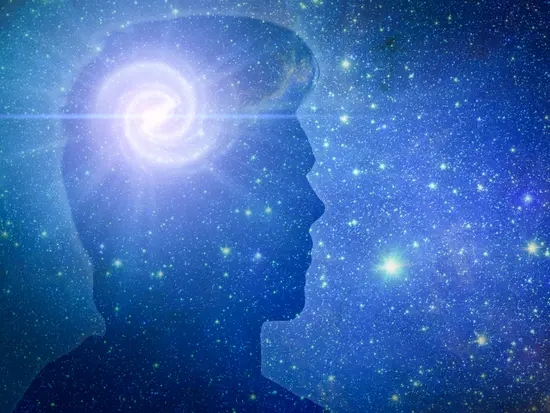Since the dawn of time, humans have been seeking relationships with deities. It makes you wonder if our brains are wired to do it. Are we truly blessed with a “God Spot”? Take a look…
Dr. Ferguson is interested in exploring ways that the findings may help to understand the role of compassion and spirituality in clinical treatment.
Last week, as I was looking for ideas on content, the “God Spot” jumped off the screen.
What would you do if you saw this while trawling through the online world of psyche?
After reading a few articles, I found what I was looking for. After reading many articles, I finally found the information I was searching for.
“Researchers identify brain circuit for spirituality”
Brigham and Women’s Hospital published a Research Bulletin entitled “Researchers identify Brain Circuit for spirituality” dated July 1, 2020. The results of a research study conducted by the Center for Brain Circuit Therapeutics were announced.
A neuronal circuit for spirituality, religion and religiousness derived from brain lesions was published in the June 29 2021 issue of Biological Psychiatry. Michael Ferguson, MD and Michael D. Fox MD, PhD were the study team leaders.
Background
The Brief starts by noting that over 80% of the people in the world are religious or spiritual. It’s strange that there hasn’t been much research done on the neurobiology of spirituality or religiosity.
The study goes on to say that functional neuroimaging, which was used in earlier studies, gave a skewed and inconsistent picture of spirituality. The new, advanced method of mapping spirituality and religion used in this study produced fascinating and accurate results.
Bottom line
Here’s a summary of the results. Dr. Ferguson, Fox and their team used lesion mapping to identify the brain circuits that serve as a neural basis for spirituality and religion.
Dr. Ferguson…
Our results indicate that religious and spiritual experiences are deeply rooted in neurobiological dynamics. This brain circuit for spirituality was centered within one of the oldest structures in the human brain.
Do you know what structure it is? Hold on.
How did they manage to do it?
How did the team arrive at the results? The team used data from a previous study where 88 patients completed the Temperament Character Inventory (TCI), before and after brain tumour resection, occurring in different parts of the brain.
The TCIs subscale for spiritual acceptance is a valid measure of spirituality.
Interesting: Thirty patients reported a decline in spiritual belief. Another 29 reported an improvement, while 29 reported no change.
